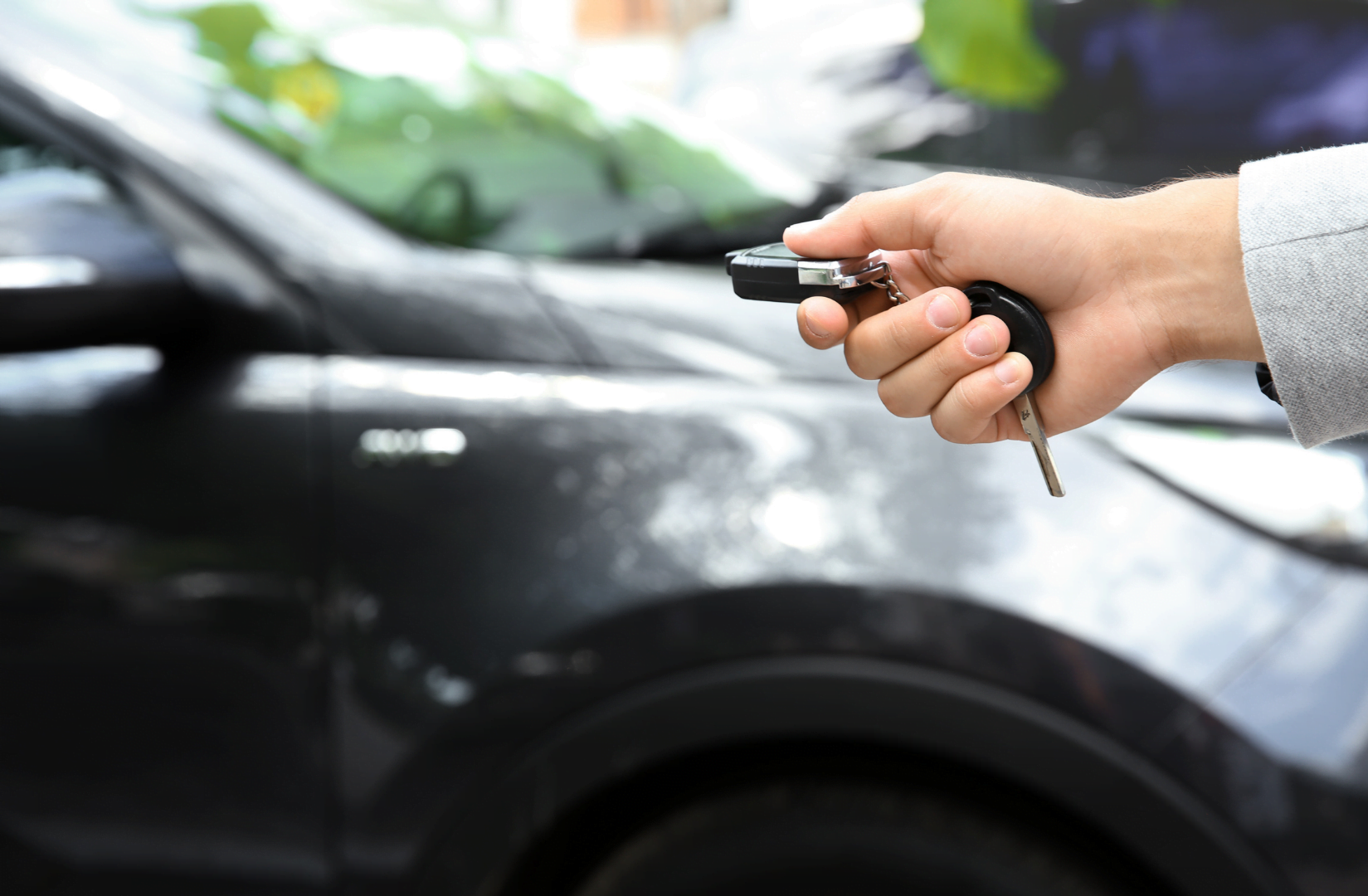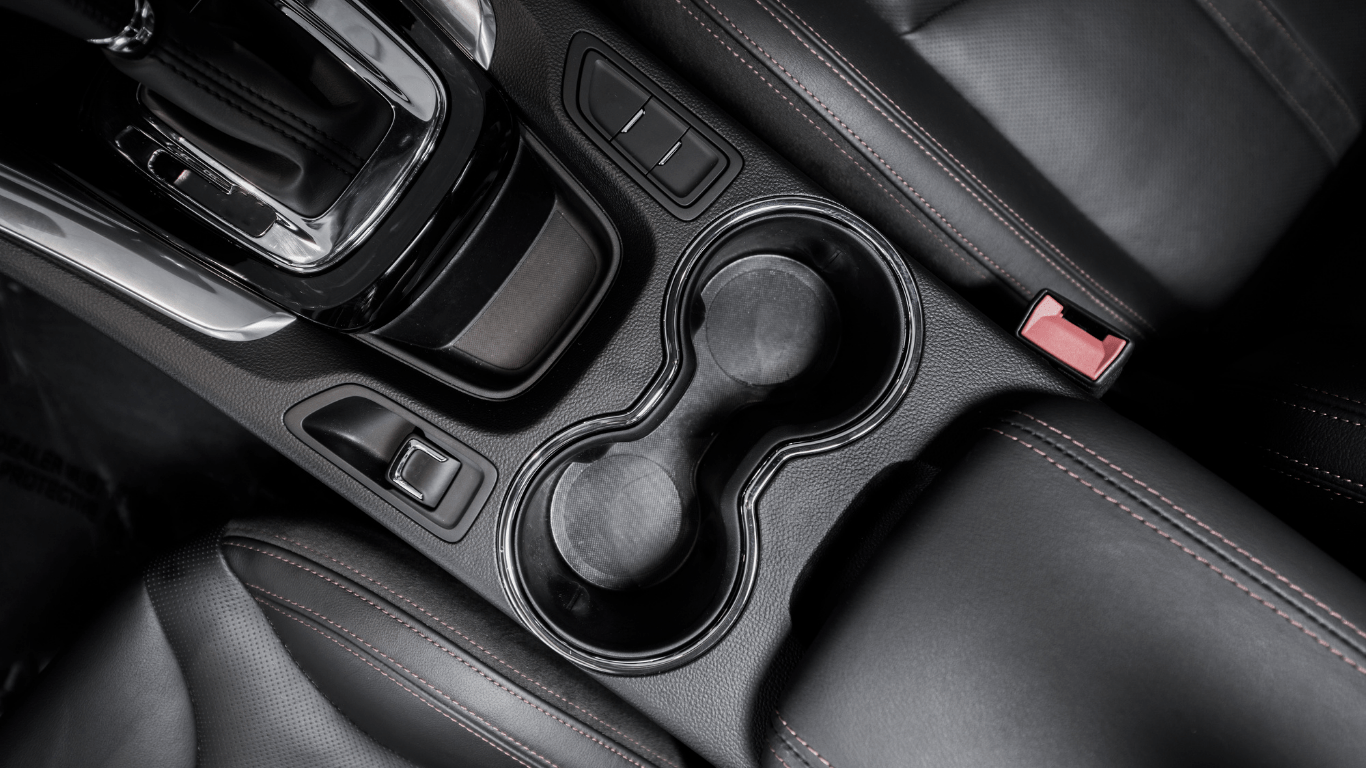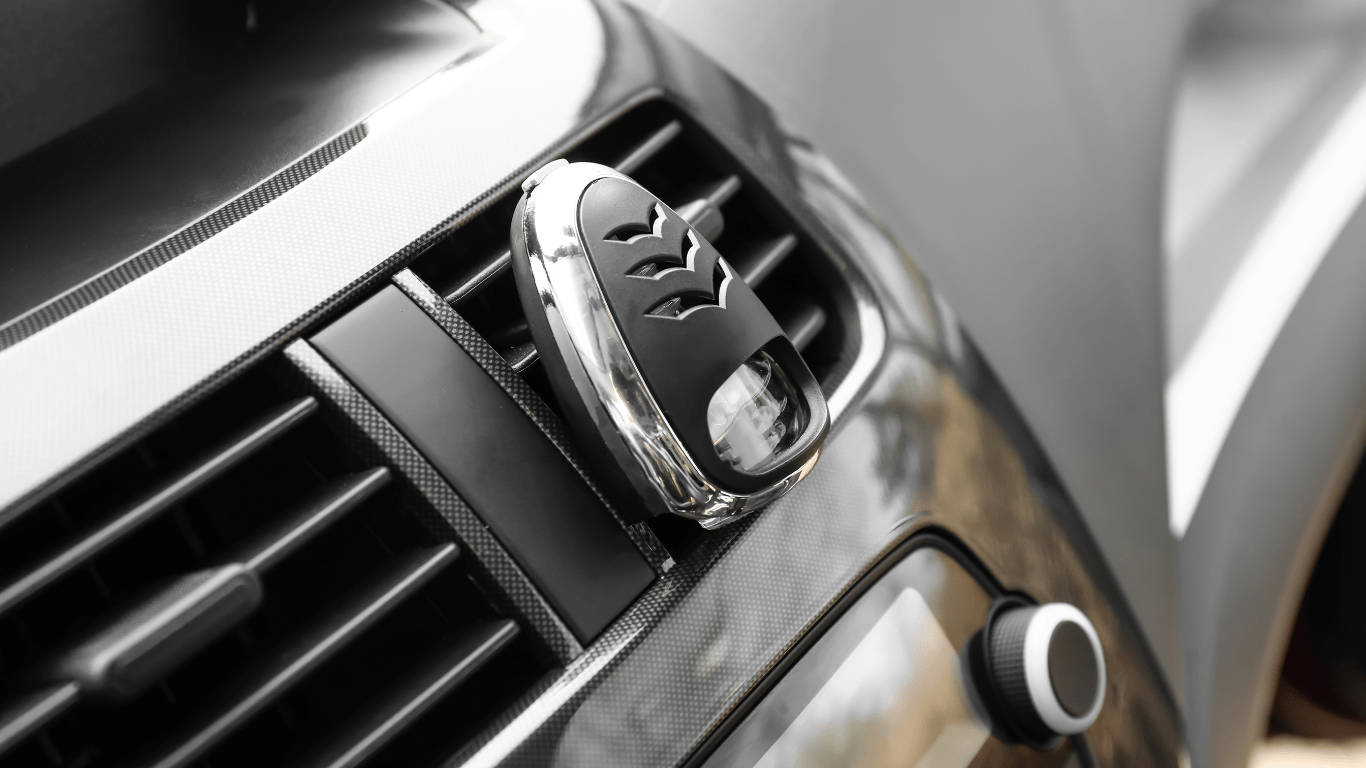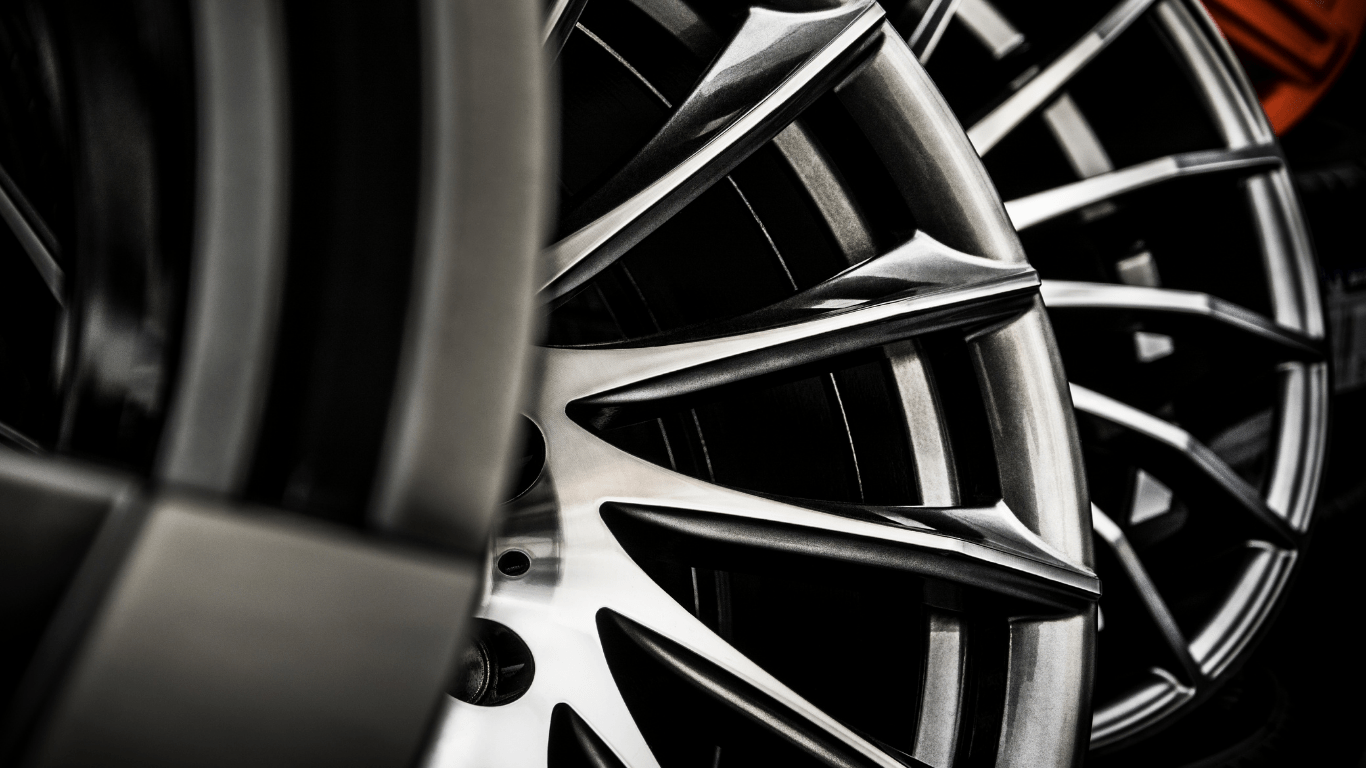If you’re concerned about the safety of your car, installing a car alarm system can provide peace of mind. A car alarm system is an electronic device that is designed to prevent theft and unauthorized entry into your vehicle. It can alert you and others nearby if someone is attempting to break into your car.
Installing a car alarm system may seem like a daunting task, but it is actually a relatively simple process that can be done with the right tools and instructions. In this advanced guide, we will walk you through the steps to install a car alarm system in your vehicle. You will learn how to choose the right system for your needs, prepare the wiring harness, remove the necessary panels, install the wiring harness, and test the function of the system.
Table of contents
Preparing for Installation
Before you start installing your car alarm system, it is essential to prepare adequately to ensure a smooth and successful installation. This section will guide you on creating an installation plan and gathering the necessary tools and materials.
Creating an Installation Plan
The first step in preparing for installation is to create an installation plan. This plan will help you to identify the necessary tools and materials, determine the installation location, and understand the wiring diagrams. The installation plan should include the following:
- The make and model of your vehicle
- The type of aftermarket alarm system you will be installing
- The location of the alarm system components, such as the control module, siren, and valet switch
- The wiring diagram for your vehicle
- The location of the external antenna, if necessary
Gathering Necessary Tools and Materials
Once you have created an installation plan, the next step is to gather the necessary tools and materials. The tools and materials you need will depend on the type of alarm system you are installing and the location of the components. Here are some of the essential tools and materials you may need:
- Multimeter to test the power wire and ground connections
- Soldering iron or crimping tool to connect wires
- Zip ties to secure wires and components
- Wire strippers to strip the insulation from the wires
- Electrical tape to cover exposed wires
- Drill and drill bits to make holes for mounting components
- Screwdrivers and wrenches to remove and replace panels and components
It is crucial to ensure that you have all the necessary tools and materials before starting the installation process. This will help you avoid delays and ensure that the installation is completed correctly.
Installing the Car Alarm System
Installing a car alarm system can be a bit tricky, but with the right tools and instructions, it can be done easily. In this section, we will guide you through the process of installing the car alarm system. Follow the steps below:
Wiring the System
The first step in installing the car alarm system is wiring it. This involves connecting the wires from the car alarm system to the car’s electrical system. Before you start wiring, make sure to read the instructions that come with the aftermarket alarm system carefully. This will help you understand how to wire the system correctly.
When wiring the system, make sure to connect the shock sensors, tilt sensor, radio receiver, keyless entry, smart start, and alarm sensors correctly. This will ensure that the system works properly.
Installing the Sensors and Siren
Once you have wired the system, the next step is to install the sensors and siren. The shock sensors and tilt sensor should be mounted in a location where they can detect any movement or change in the car’s position. The siren should be mounted in a location where it can be heard easily.
When installing the sensors and siren, make sure to follow the instructions that come with the aftermarket alarm system. This will help you install them correctly and ensure that they work properly.
Mounting the Receiver and LED Light
The next step is to mount the receiver and LED light. The receiver should be mounted in a location where it can receive signals from the sensors and siren. The LED light should be mounted in a location where it can be seen easily.
When mounting the receiver and LED light, make sure to follow the instructions that come with the aftermarket alarm system. This will help you mount them correctly and ensure that they work properly.
Connecting the Door Sensors and Tilt Sensors
The final step is connecting the door sensors and tilt sensors. The door sensors should be connected to the car’s electrical system so that they can detect when the doors are opened or closed. The tilt sensors should be connected to the car’s electrical system so that they can detect when the car is tilted or moved.
When connecting the door sensors and tilt sensors, make sure to follow the instructions that come with the aftermarket alarm system. This will help you connect them correctly and ensure that they work properly.
Testing the Car Alarm System
Once you have installed your car alarm system, it is important to test it to ensure that it is working properly. Testing your car alarm system involves checking all the components of the system and making sure that they are functioning as they should. Here are the steps to follow when testing your car alarm system:
Step 1: Refer to the Service Manual
Before you start testing your car alarm system, it is important to refer to the service manual that came with your system. The manual will provide you with detailed instructions on how to test your system and what to look for. Follow the instructions provided in the manual carefully to ensure that you do not miss any important steps.
Step 2: Use a Multimeter
One of the most important tools you will need when testing your car alarm system is a multimeter. A multimeter is a tool that is used to measure electrical current, voltage, and resistance. It can help you identify any issues with the wiring or other components of your car alarm system. Make sure that you have a good quality multimeter and that you know how to use it before you start testing your system.
Step 3: Test the Sensors
The sensors are one of the most important components of your car alarm system. They are responsible for detecting any unauthorized entry or movement in your car. To test the sensors, simply try to open the doors or trunk of your car. If the sensors are working properly, the alarm should sound immediately.
Step 4: Test the Siren
The siren is the component of your car alarm system that produces the loud, audible alarm sound when the system is triggered. To test the siren, simply activate the alarm system and listen for the sound. Make sure that the sound is loud enough to be heard from a distance.
Step 5: Test the Remote
The remote is the device that you use to activate and deactivate your car alarm system. To test the remote, simply press the buttons on the remote and make sure that they are working properly. The remote should be able to arm and disarm the system without any issues.
Testing your car alarm system is an important step in ensuring that your car is protected from theft and unauthorized access. By following the steps outlined above, you can rest assured that your car alarm system is working properly and providing the protection that you need.
Final Steps
Now that you have installed the car alarm system, it’s time to program it and install the valet switch. These final steps are crucial to ensure that your car alarm system works properly and provides maximum protection for your vehicle.
Programming the System
The programming process may vary depending on the brand and model of your car alarm system. Refer to the user manual for specific instructions on how to program your system. In general, you will need to follow these steps:
- Turn on the ignition and press the programming button on the control module.
- Enter the programming code provided in the user manual.
- Follow the prompts on the LED screen to customize the settings of your car alarm system, such as the sensitivity level, the alarm tone, and the remote control options.
- Save the changes and exit the programming mode.
Make sure to test your car alarm system after programming it to ensure that it is functioning properly. You can do this by triggering the alarm and checking if the siren sounds and the LED lights flash.
Installing the Valet Switch
The valet switch is a small button that allows you to disable the car alarm system temporarily, for example, when you need to leave your car with a parking attendant. To install the valet switch, follow these steps:
- Choose a location for the valet switch that is easily accessible but not too obvious to potential thieves.
- Drill a small hole in the chosen location and insert the valet switch into the hole.
- Connect the wires of the valet switch to the control module of the car alarm system, following the color-coded instructions in the user manual.
- Test the valet switch by pressing it and checking if the car alarm system is disabled.
Remember to keep the valet switch hidden and secure when not in use to prevent unauthorized access to your car.
Professional Installation
If you’re not comfortable installing a car alarm system yourself, you can always opt for professional installation. There are several benefits to having a professional install your car alarm system, such as:
Benefits of Professional Installation
- Expertise: Professional installers have the knowledge and experience to ensure that your car alarm system is installed correctly and functions properly.
- Warranty: Many professional installers offer warranties on their work, giving you peace of mind that any issues will be resolved.
- Efficiency: Professional installers can typically install a car alarm system much faster than a novice, saving you time and hassle.
Choosing a professional installer is an important decision. You want to make sure that you’re working with a reputable company or individual who will do quality work. Here are a few things to consider when choosing a professional installer:
Choosing a Professional Installer
- Experience: Look for an installer who has experience installing car alarm systems on your specific make and model of vehicle.
- Certification: Some installers may be certified by the manufacturer of your car alarm system, which can give you additional confidence in their abilities.
- Reviews: Check online reviews and ask for references to get an idea of the installer’s reputation and track record.
Working with retailers is another option for professional installation. Many retailers that sell car alarm systems also offer installation services. Here are a few things to keep in mind when working with a retailer:
Working with Retailers
- Pricing: Retailers may offer competitive pricing on both the car alarm system and installation, but be sure to compare prices with other installers to ensure you’re getting a fair deal.
- Availability: Some retailers may have a limited schedule for installation services, so be sure to check availability before making a purchase.
- Expertise: Make sure the retailer’s installation technicians are experienced and knowledgeable about installing car alarm systems.





Leave a Reply